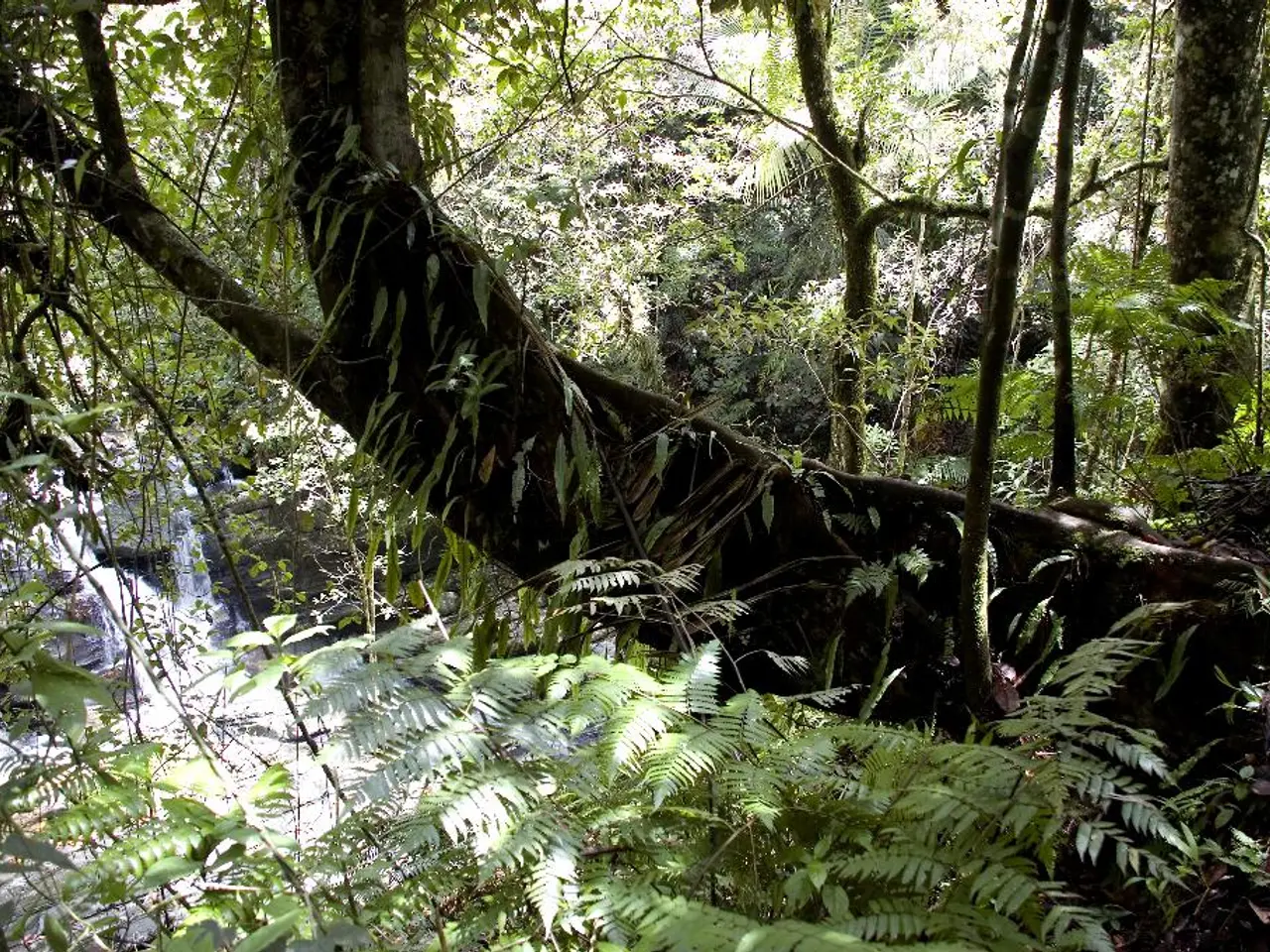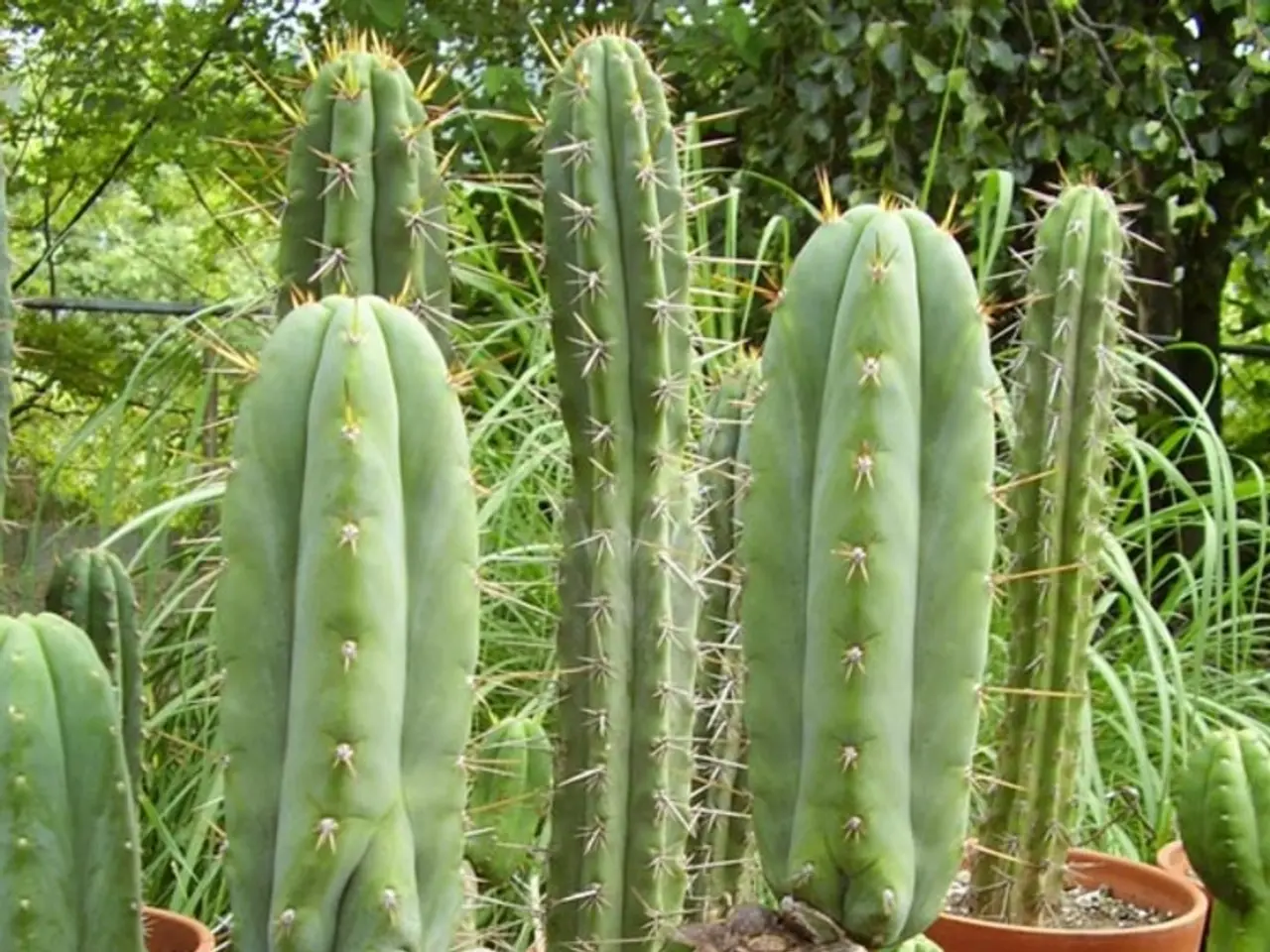Top Recommended Moss for Terrariums (Rich Varieties + Professional Choices)
Terrarium Moss Magic: Unleash Your Inner Landscapist!
Elevate your terrarium game with these top-notch moss picks, perfect for closed and open terrariums. Dive in and discover the remarkable Cushion moss, Haircap moss, and Java moss - tailor-made to bring out your building passion and green thumb. Let's get started!
Key Types of Terrarium Moss
With thousands of moss species waiting to be discovered, we’ve sifted through the options to bring you moss that thrives in terrariums. Let's narrow it down:
- Growth patterns (e.g., Clumps or sheets)
- Environmental suitability (e.g., Tropical or temperate)
- Planting type (e.g., Terrestrial or epiphytic)
Here's what you need to know about each type:
Growth patterns
Moss is often classified into two categories: Acrocarpous and Pleurocarpous. Acrocarpous grows in clumps, offering texture and shape ideal for rolling hills or grassy hummocks. Pleurocarpous moss, on the other hand, grows in sheets, creating a natural moss carpet.
The Best Moss for Terrariums
You'll find the best picks below, whether you’re after clumpy or carpeting moss. Get ready to transform your terrarium:
Clumpy Mosses (Acrocarpous)
- Cushion Moss (Leucobryum glaucum): This charming moss forms compact, rounded clumps, resembling tiny cushions - perfect for crafting your dream terrarium landscape!
- Mood Moss (Dicranum scoparium): With lush, wavy leaves that resemble windswept grasslands, this moss can turn a dull terrarium into a lively scene full of character.
Carpeting Mosses (Pleurocarpous)
- Sheet Moss: Originating as a low-growing tropical moss, it provides a natural woodland aesthetic when used to cover a terrarium's soil layer.
- Fern Moss (Thuidium delicatulum): This moss’s long fern-like leaves add texture to any terrarium, while its warm colors and woodland vibes are sure to please.
Don't forget to check out all available terrarium moss options on our store.
How to Grow Moss in a Terrarium
Moss, being the versatile plant it is, offers endless gardening possibilities. Here are a few key principles to help your terrarium thrive:
- Initial Acclimatization: The first 3 to 4 weeks after adding moss are critical. Keep your new moss hydrated while it settles into its new surroundings.
- Pre-hydrate your moss: Gently soak your moss in clean water before using it to remove debris and hydrate the moss - a win-win situation to set your plants and your project up for success.
- Sculpting your landscape: Clumpy mosses stay put, so you'll need to shape your landscape by hand using appropriately sized chunks. On the other hand, sheet mosses can be torn up and placed evenly around a terrarium, growing out in different directions and eventually joining up.
- Get crafty: Attach moss to surfaces with superglue or fishing line to create stunning and unique features for your terrarium.
Your Turn:
What's your go-to terrarium moss? Share your favorite mosses in the comments section below. Already got your moss? Explore our terrarium supplies on our online store.
Happy gardening! 🎉 dove [redacted]*
- With thousands of moss species to explore, your terrarium can become a home-and-garden haven, hosting moss like the Cushion moss, perfect for shaping clumpy landscapes and adding texture to your terrarium.
- To create a carpeted terrarium, consider adding Sheet moss, an option fitting for those who love home-and-garden projects, as this moss provides a lush, natural woodland aesthetic when covering the soil layer of your terrarium.




